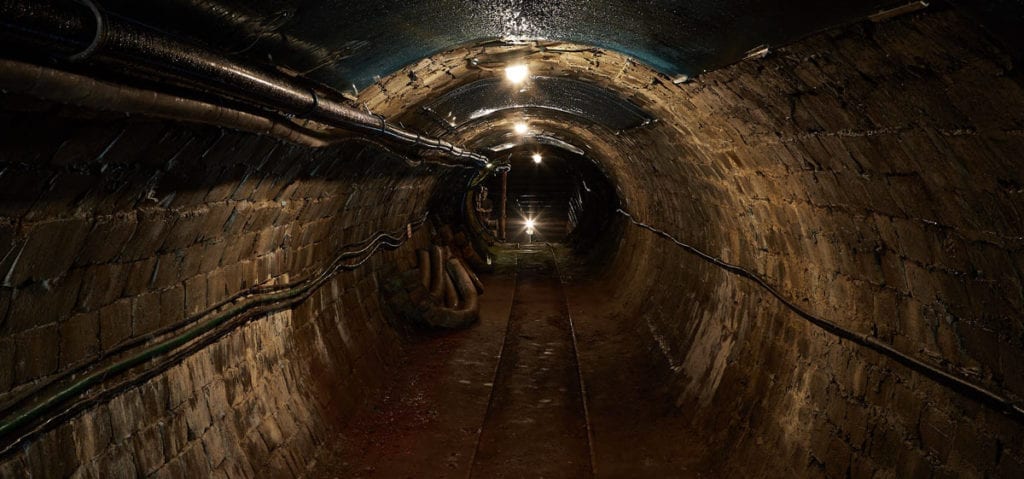Statistics Canada is performing tests on wastewater in Canada in an attempt to track consumption of cannabis and the size of the illicit market, The Globe and Mail reports.
The method is called Wastewater-Based Epidemiology, or WBE. The process was pioneered more than 10 years ago in Europe as a way of tracking cannabis use without relying on self-reporting, which is notoriously unreliable — especially during prohibition.
The Canadian national statistics agency is using WBE in five cities across Canada. According to results from this method, these are the five cities listed in the order of highest to lowest consumption per capita: Halifax, Montreal, Toronto, Edmonton, and lastly Vancouver.
Some 8.4 million Canadians reside in those cities, about 4.3 percent of the nation’s population. Researchers hope to look at baseline levels and then subtract the amount of cannabis known to be sold through the regulated market to estimate illicit market’s size and track if it’s growing or shrinking.
While the amounts tracked are extremely minute, one of the researchers said that the goal was to track a trend over time and not specific consumption rates.
Some criticize the method, however, claiming there are too many variables in the equation such as storm water runoff, cannabis potency, method of delivery — such as edibles or smoking — and unpredictable water conditions.
One researcher said, however, “There may be some flaws in it, but I think if the flaws are consistent over time, then the trend will emerge.”
Cannabis was legalized for adults throughout Canada in October.
Get daily cannabis business news updates. Subscribe
End
